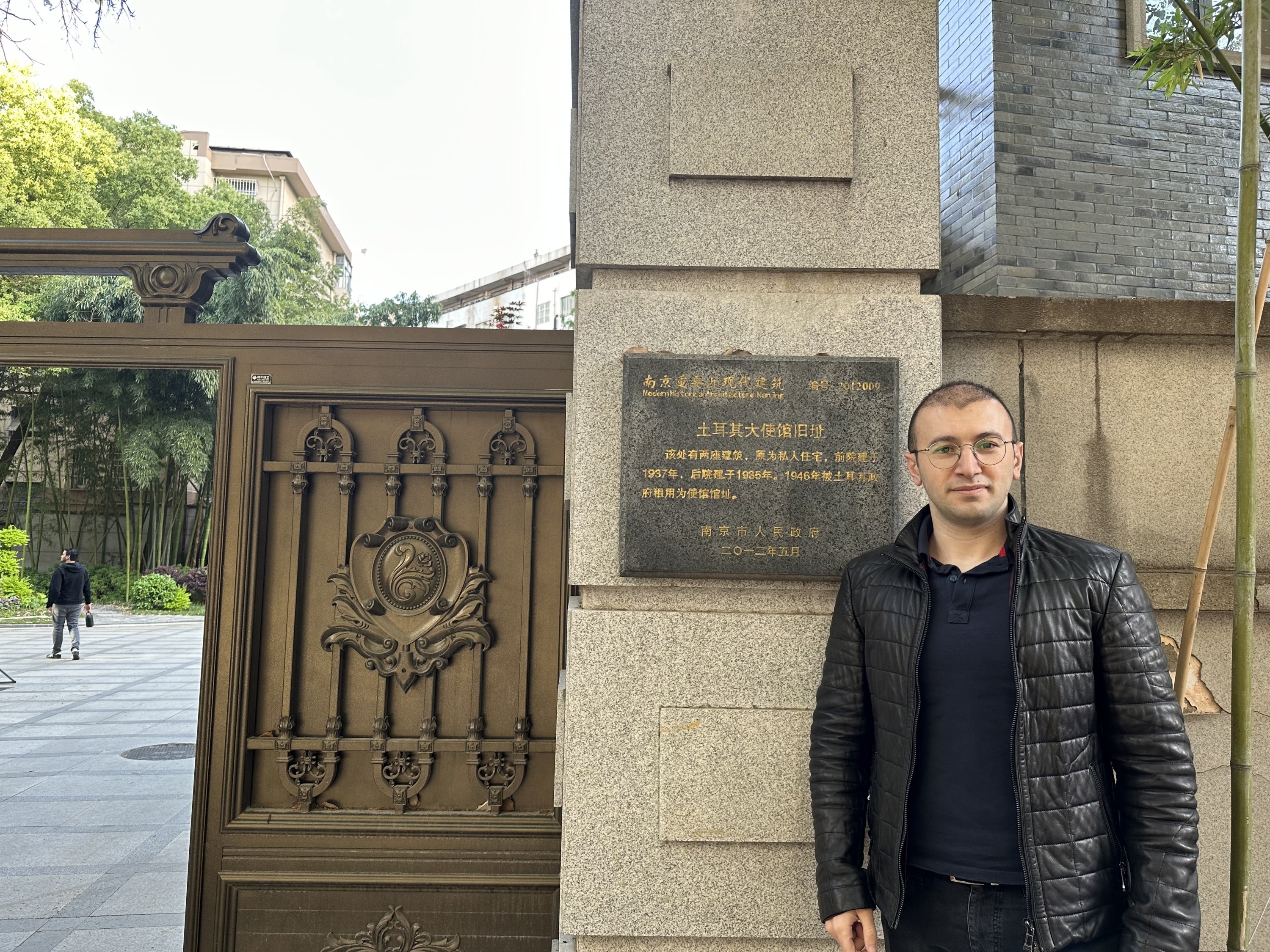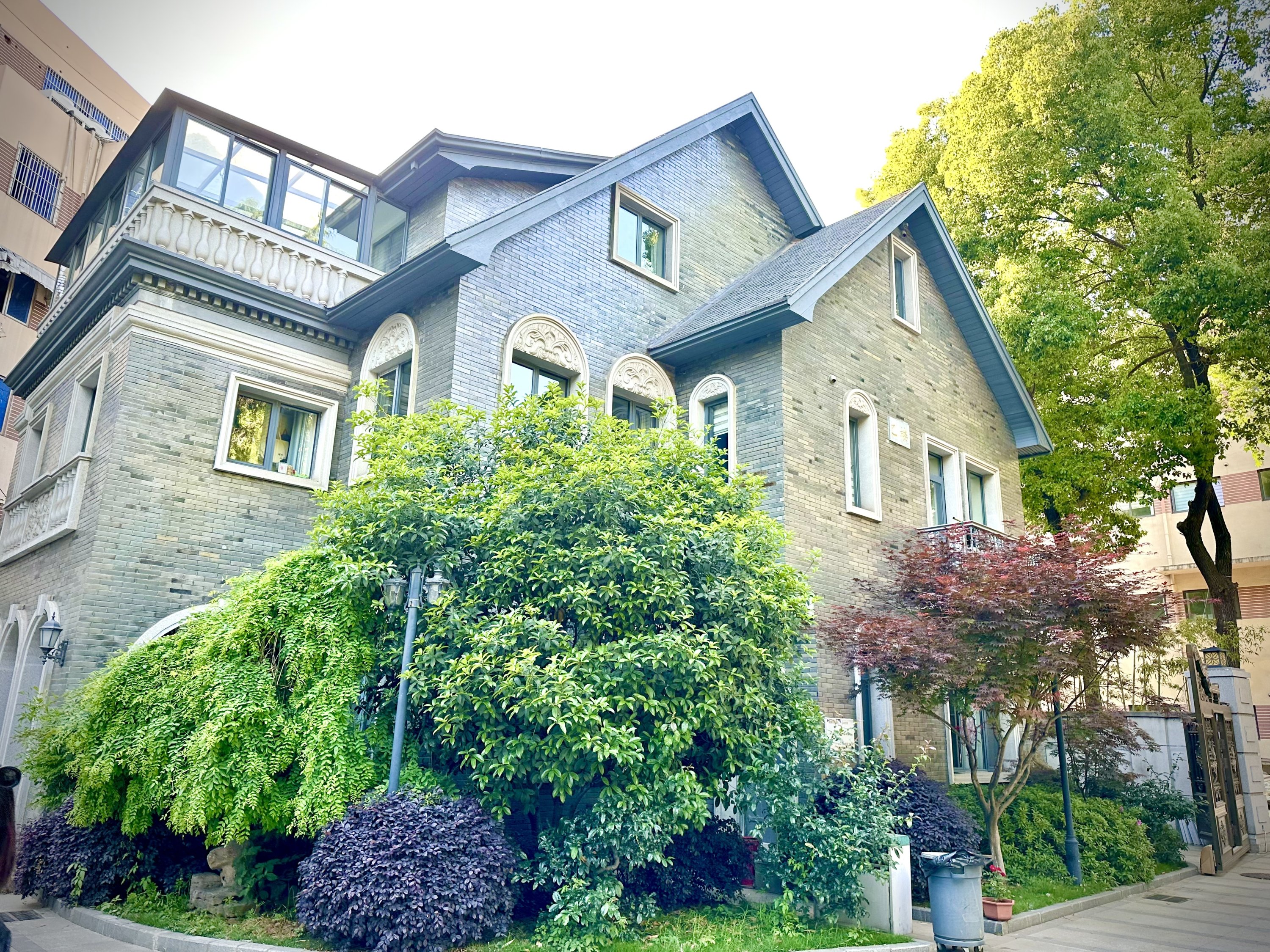© Turkuvaz Haberleşme ve Yayıncılık 2026
Nanjing is one of the most influential and active regions in modern Chinese history full of many significant historical events. In addition, Nanjing is one of the four ancient capitals of China, also known as the ancient capital of the Ten Kingdoms.
Moreover, Nanjing has a unique position and value in Chinese history, regarded as a place of revival for the Han people. During the invasion of northern ethnicities to the south, many Hans went south to settle their capital here to recuperate and wait for revival as well as prevent assimilation or annihilation by other ethnic groups.
It has been a cultural and political center in the Jiangnan region (Yangtze River Delta) since ancient times and an important commercial and economic center in the Yangtze River. It is an important industrial city and financial center in the Yangtze River Delta region. In addition, it’s a transportation hub that hosts the largest inland port in Asia.
During the Labor Day holiday, I had the opportunity to explore numerous historical sites in Nanjing. The city offers a plethora of options for history enthusiasts, making it an ideal destination for those interested in delving into Chinese culture and history. Some notable attractions include the Mausoleum of the First Emperor of the Ming Dynasty, Zhu Yuanzhang, the Mausoleum of the Ming Empire’s admiral and great explorer, Zheng He, historic sites related to the Taiping Heavenly Kingdom (1851-1864), various official buildings and facilities from the Republic of China era, including the Turkish Embassy building, the mausoleum of the first president and republican revolutionist, Dr. Sun Zhongshan, the Nanjing Massacre Memorial Museum and the Confucius Temple.
One of the most iconic touristic spots is the mausoleum of the first emperor of the Ming Dynasty, Zhu Yuanzhang (1328-1398). He overthrew the Yuan Dynasty (1271-1368), which was established by Genghis Khan’s grandson Kublai Khan. After walking through the forest path guarded by mythological animals, you can reach the brick color giant walls and the emperor’s tomb. It has typical Ming-style architecture, which has a significant impact on following future dynasties’ architecture. For example, one of the most iconic Chinese palaces is the Qing Dynasty’s Forbidden Palace in Beijing. Although it was a Manchurian Chinese empire, they followed the same architectural style.
Adm. Zheng He’s Tomb (1371- 1433) is also located in the Ming capital city of Nanjing. After arriving at Niushou Mountain, you can reach his tomb after passing through a bamboo forest. "Basmala" is written on his grave, which means “In the name of God, the Most Gracious, the Most Merciful” in Arabic.
Zheng He is the most excellent sailor in Chinese naval history, with the same popularity as Hayreddin Barbarossa’s power in the Mediterranean Sea and the scope of Christopher Columbus in the Atlantic Ocean.
Zheng He’s voyage from Chinese shores to South Asia and Eastern African shores opened the prelude to the era of world navigation, so the impact of Zheng He’s voyages on that time has outstanding significance. Furthermore, Zheng He’s trips to the West exchanged a large amount of Chinese silk and porcelain for local products from overseas countries, objectively opening the way for expanding the production of these handicrafts.
Besides his naval service, he was a powerful official and an influential figure in the Chinese Muslim community. For example, you can visit the Jinjue Mosque in Nanjing, built by Zhu Yuanzhang in 1388. The name of the mosque means “bestowed by imperial order” and was renovated with Zheng He’s support after being destroyed by fire in 1430.
The Christian Taiping Heavenly Kingdom (1851-1864)was a revolutionary regime established by the peasant led by Hong Xiuquan in modern Chinese history, and they made Nanjing the capital. Thereby you can have a chance to visit Taiping Heavenly Kingdom-related places in the city.
The city is also known for the Treaty of Nanjing. The treaty was signed on Aug. 29, 1842, by representatives of the Qing Dynasty and British Empire in Nanjing, which required China to cede Hong Kong Island to the British Empire, compensate the British Empire a tremendous amount of money for expenses, allow some Chinese ports to free trade for British, regulate import and export taxes.
In short, the treaty undermined China’s territorial integrity and tariff sovereignty, leading to China becoming a semi-colonial country. After signing the Nanjing Treaty, Western powers took advantage of the situation and forced the Qing government to sign unequal treaties. As a result, it damaged China’s economy and accelerated the end of the Qing dynasty.
It’s impossible to think of China, its people and its culture without Confucian values. So Nanjing is hosting Confucius Temple in the heart of the old town in the city.
Nanjing Confucius Temple is dedicated to Confucius, a famous great thinker and educator in ancient China. The Confucius Temple was first built in 1034.
The temple has suffered from accidents, Japanese innovation and cultural revolution since. In 1984, to protect the cultural heritage of the ancient capital, the municipal and district people’s governments allocated special funds several times after scientific demonstration and planning by relevant experts, and meticulous maintenance and reconstruction took place over several years. Today’s Confucius Temple has taken on a new look, showing its glory again. In 1991, it was rated as one of the “40 Best Chinese Tourist Attractions.”
The Nanjing Yangtze River Bridge is more than a bridge in modern Chinese history. It’s China’s first locally constructed and independently constructed bridge. The Nanjing Yangtze River Bridge was completed and opened to traffic in 1968. It was a national pride and represented the success of the new China.
Walking around the city, you might easily see many buildings from the Republic of China era.
The Republic of China was established on the land of China under the leadership of Dr. Sun Yat-sen and the United League of China (1905-1912, predecessor of the Kuomintang/KMT) to overthrow the Manchu Qing rule, which took more than 270 years. The young republic was a country with the guiding ideology of the “Three Principles of the People" (nationalism, democracy and socialism). Its establishment has significant historical significance in China at the beginning of the 20th century. Its capital was Nanjing.
Just like the first emperor of the Ming Dynasty, Founder of the republic, Dr. Sun Zhongshan’s Mausoleum is also located here in Zhongshan Forest. The whole nation, regardless of their political or religious opinion, respects him and comes to visit his Mausoleum. His values remain the value of guidance on governance.
Dr. Sun Zhongshan has focused on nation-building; The identity of the Chinese people began to change from subject to citizen.
Regarding diplomacy, the most noticeable trend in the early years of the Republic of China was that the big powers took advantage of the political turmoil in China to start a new round of separatist activities in the border areas. Therefore gaining recognition and friendly support from foreign countries was the essential diplomatic goal.
After the founding of the Republic of China, the primary problem facing China’s foreign relations was obtaining foreign recognition of the new government.
Diplomatic dialogue between the two countries was established in 1927, and the two countries signed the Friendship Treaty in 1934.
The Republic of Türkiye established its first representative in Nanjing in 1929, and H.E. Ahmet Hulusi Fuat Tugay was appointed as charge d’affaires between 1929-1931.

Later, H.E. Emin Ali Sipahi was appointed as ambassador in 1939. In 1944, the two states mutually upgraded their representative to the level of ambassador. As a result, H.E. Ahmet Hulusi Fuat Tugay was appointed the first Turkish ambassador in the Chongqing City of the Republic of China.
Based on H.E. Ahmet Hulusi Fuat Tugay’s notes, in the first years, it was hard to find a building to use as an embassy in 1929. That years, China fought against the Japanese invasion and domestic issues; the Chinese government moved the capital from Nanjing to Chongqing city. During the invasion of Nanjing, the Japanese army caused the massacre of over 200,000-300,000 people and mass rape between December 1937-January 1938. You can visit Nanjing Massacre Memorial Museum to see the nasty side of the wars and the shame of the cruelty.
The Turkish Embassy continued its service between 1939-1946 in Chongqing City. Later due to domestic war, the Turkish Embassy moved to Guangzhou, Hong Kong and Shanghai.
After the Communist Party of China started to control the major part of the country and headed to Nanjing, the Turkish Ministry of Foreign Affairs ordered Turkish diplomats to move to Guangzhou on Jan. 31, 1949. Later all the diplomats move south except Embassy Charge d’Affaires Mustafa Kenanoğlu.
The Ministry of Foreign Affairs ordered Embassy Charge d’Affaires Mustafa Kenanoğlu to evacuate the Nanking Embassy on Oct. 26, 1949, take a ferry to Shanghai, then Manila, and wait for the ministry’s instruction there. Kenanoğlu informed the Turkish Ministry of Foreign Affairs that he will move to Hong Kong on April 22, 1950, and declared that he would destroy all cryptography materials beforehand.
Based on the archives, Nanjing's Turkish Embassy was closed from November to December 1949, and the rest of the diplomats continued their duties in Hong Kong.
If you want to visit this incredible place, the address is “Zhongshan North Road, No: 178, Building B.”

The Turkish Embassy in Nanjing City of the Republic of China was purchased by Liu Wanru in 1935 (Liu Wanru’s identity and history are unknown). The main building faces south and is a Western-style, two-story high structure with a sloping roof. It used to have a blue tile roof and a pink exterior; now both are gray. There is a statue of the founder leader of the Republic of China, Dr. Sun Zhongshan, in the garden. The wall and its courtyard cover an area of 1,374 square meters (14,790 square feet), and there are two bungalows with a total construction area of 690 square meters, designed by Miao Kaibo and supervised by Zhang Yutai Construction Factory. In March 1946, the building built by Wang Zheming in the front yard was leased to the Turkish Embassy for use. The lease was withdrawn in 1949 and then taken over by the army. The building is under the protection of the provincial government now. Unfortunately, it’s not a prominent place amount the Chinese as well as Turkish. One of the reasons might be its private property and not open to the public.
Nanjing has historically become a defensive line for the Han people that whenever the northern regime declined or faced an invasion, Han people chose Nanjing to fight against. All the historical memories and experiences in Nanjing City represent the Soul of China. Besides Beijing, Nanjing might have a role in representing China. The ups and downs, great joys and sorrows, and sudden warmth and cold in modern history are all reflected in the fate of Nanjing.
Whenever the country splits, Nanjing’s status rises, and whenever the government is unified, Nanjing’s status decreases Chinese history. However, with its strong economy, modern Nanjing is among the top 10 growth domestic product (GDP) Chinese cities and is one of China’s science and education centers.
